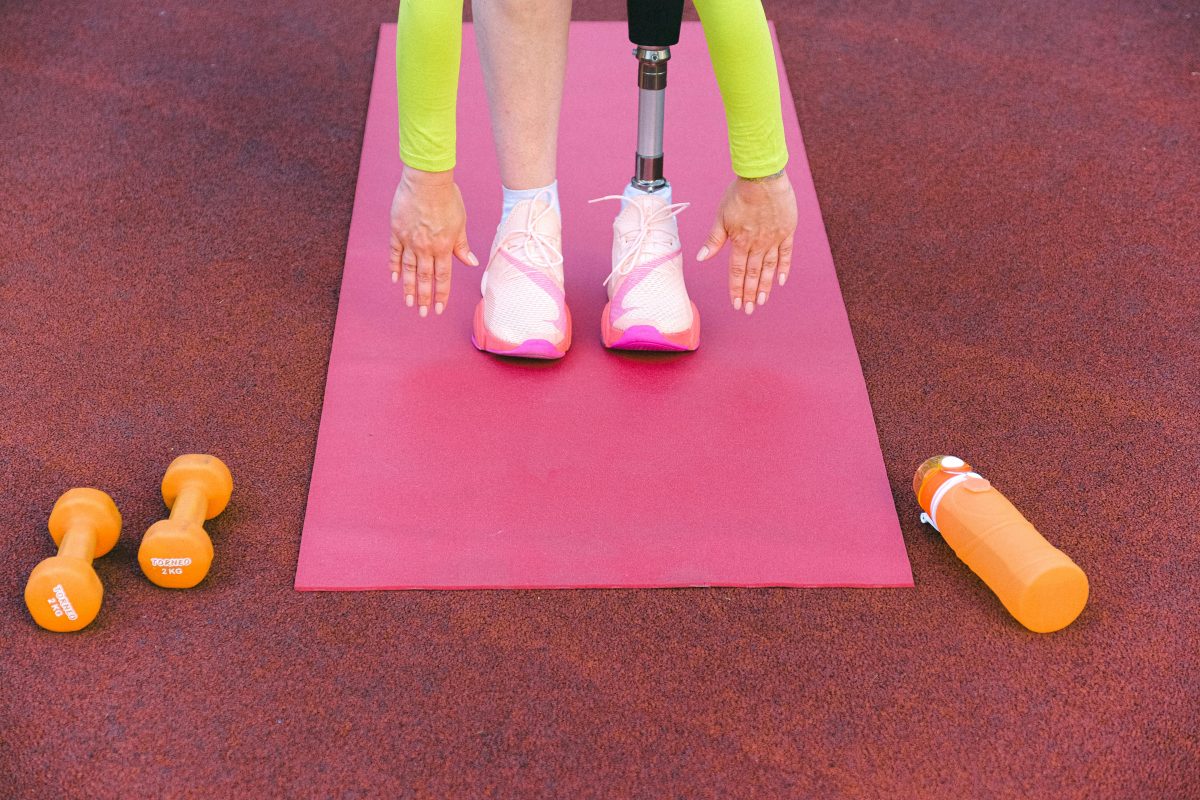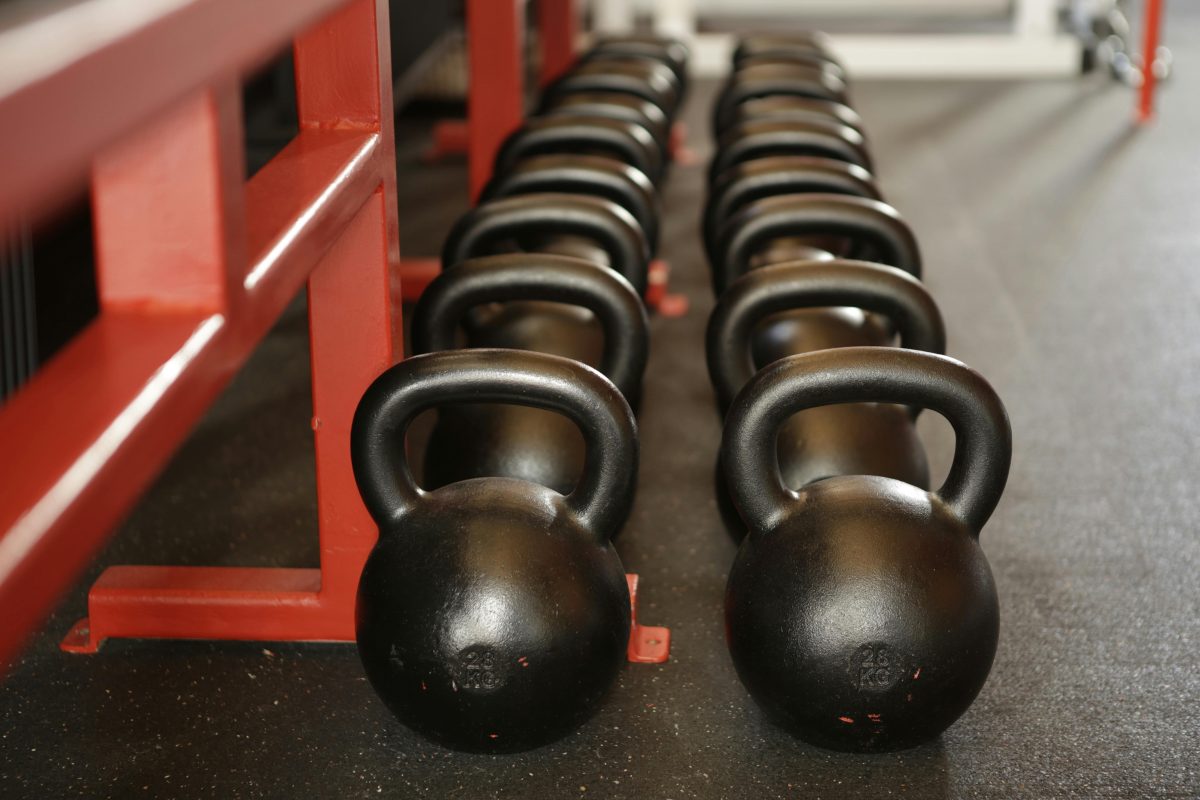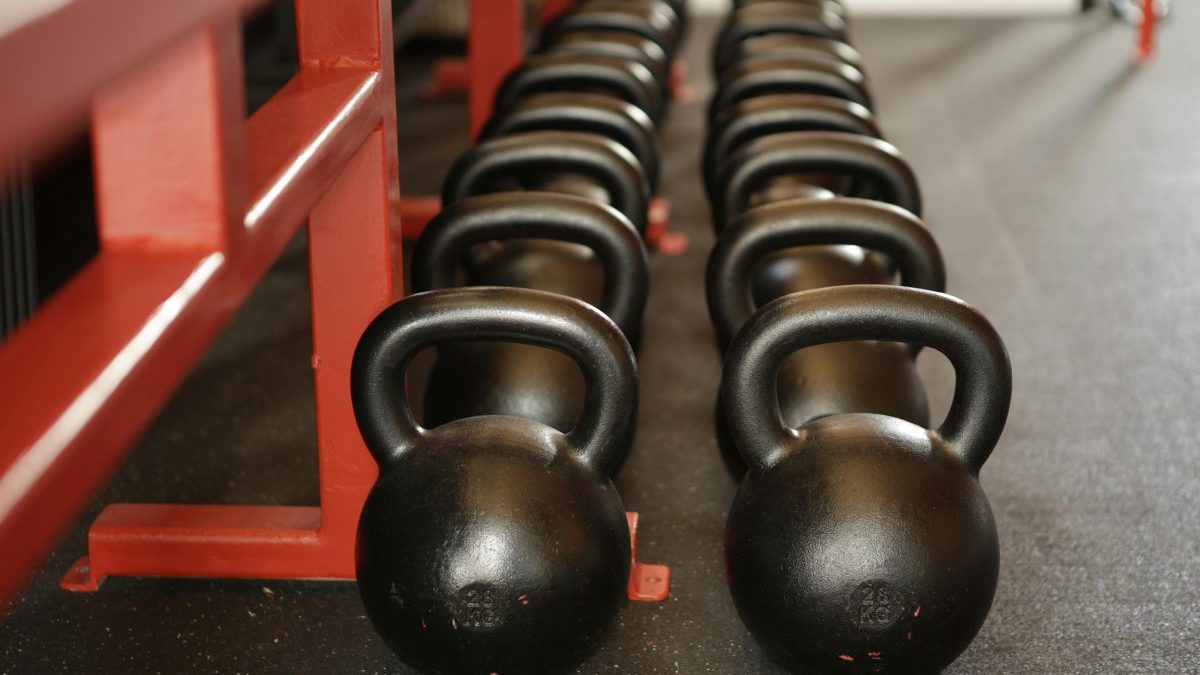Last Updated on: 14th July 2024, 10:56 am
Introduction to Strength Training for Women

Strength training stands as a cornerstone in promoting health and fitness among women, shattering the age-old myths that weight lifting is solely the domain of men. This misconception has long deterred many from embracing the weights section, but the tide is turning. Strength training is not about bulking up; it’s about building a stronger, more resilient body.
- Increases muscle mass, enhancing metabolic rate.
- Improves bone density, crucial in warding off osteoporosis.
- Empowers with strength for everyday activities.
By debunking outdated myths and highlighting the undeniable benefits, it’s clear that strength training is an essential component of a balanced fitness regimen for women. It’s not just about aesthetics; it’s about laying the foundation for a healthier, more vibrant life.
Understanding the Basics of Strength Training

At the heart of strength training lie three pivotal concepts: reps, sets, and rest periods. Reps, or repetitions, are the number of times you perform a specific exercise without stopping. Sets are groups of these repetitions, interspersed with rest periods that allow your muscles to recover. These rest intervals are crucial; they prevent injury and prepare your muscles for the next round of exertion.
- Proper form and technique are crucial for effectiveness and safety.
- Choosing the right weight balances challenge and technique.
Integrating these fundamentals into your strength training regimen paves the way for a stronger, more empowered you. With a solid understanding of reps, sets, rest periods, the significance of proper form, and how to select appropriate weights, you’re well on your way to reaping the myriad benefits that strength training has to offer.
Core Strength Exercises

- Plank Variations for Core Stabilization and Strength
- Side planks emphasize the obliques.
- Forearm plank strengthens the abdominals and shoulders.
- Incorporating leg lifts or arm extensions intensifies the workout.
- Deadlifts for Lower Back, Glutes, and Hamstrings
- Improves posture and prevents back pain.
- Start with lighter weights to focus on technique.
- Russian Twists for Oblique Muscles
- Targets the oblique muscles, essential for rotation and lateral movement.
- Performing with a medicine ball or dumbbell adds resistance.
Integrating these exercises into your strength training regimen can significantly enhance your core stability and strength. Remember, consistency is key. With dedication and perseverance, you’ll not only see improvements in your core but also in your overall fitness and well-being.
Upper Body Strength Exercises

- Push-ups and Their Variations
- Targets the chest, shoulders, and triceps.
- Variations challenge muscles in new ways.
- Pull-ups and Lat Pull-downs
- Essential for sculpting back and biceps.
- Adjustable weight in lat pull-downs suits various fitness levels.
- Dumbbell Shoulder Press
- Engages the entire deltoid area.
- Requires core stabilization, making it a dual-purpose movement.
Integrating these exercises into your strength training regimen will not only enhance your upper body strength but also contribute to a balanced, powerful physique. Remember, consistency and proper form are key to achieving the best results. With dedication, you’ll witness a transformation in your strength and confidence.
Lower Body Strength Exercises

Squats and Their Variations
Squats are the cornerstone of lower body strength, targeting the glutes, quads, and hamstrings. By incorporating variations such as sumo squats, jump squats, or pistol squats, you can challenge these muscles in different ways, ensuring comprehensive development. The beauty of squats lies in their versatility; they can be modified to suit any fitness level, making them an essential exercise for building lower body strength and resilience.
Lunges for Leg Strength and Balance
Lunges are another fundamental exercise that enhances leg strength and balance. Whether you’re performing forward lunges, reverse lunges, or lateral lunges, this movement engages the entire lower body, including the core, for stability. Lunges not only improve muscular endurance but also promote functional movement, aiding in daily activities and reducing the risk of injury.
Calf Raises for Lower Leg Toning
For targeted lower leg toning, calf raises are unparalleled. This simple yet effective exercise strengthens the calf muscles, improving ankle stability and mobility. Whether performed on a step, with weights, or as part of a plyometric routine, calf raises are a must for a well-rounded lower body workout. Their simplicity allows for easy integration into any strength training regimen, offering a path to toned, powerful legs.
Integrating squats, lunges, and calf raises into your strength training routine lays a solid foundation for lower body strength. These exercises, known for their effectiveness and adaptability, are pivotal in building a balanced, strong physique. Consistency in performing these movements, coupled with a focus on proper form, will yield significant improvements in muscle tone, strength, and overall fitness.
Incorporating Equipment and Free Weights into Your Strength Training

Free weights hold a distinct advantage over machines by promoting the activation of more muscle groups. They require you to engage stabilizing muscles, which enhances coordination and balance. This leads to more functional strength, beneficial for daily activities.
Kettlebell Workouts for Full-Body Conditioning
- Kettlebells are a versatile tool for full-body conditioning.
- Exercises like swings, snatches, and goblet squats work multiple muscle groups simultaneously, boosting cardiovascular endurance while improving strength and flexibility.
- Their unique shape and uneven weight distribution challenge your body in a way that mimics real-world activities.
Using Resistance Bands for Strength Training
- Resistance bands are a low-cost, effective option for strength training.
- They provide tension throughout the entire range of motion, targeting different muscle fibers than free weights.
- Bands are portable and adaptable, making them ideal for home workouts or for adding variety to your gym routine.
Integrating free weights, kettlebells, and resistance bands into your strength training can lead to significant gains in muscle strength, endurance, and overall physical health. These tools not only enhance the effectiveness of your workouts but also keep them engaging and dynamic. Consistent practice with these varied forms of resistance will pave the way for a stronger, more capable you.
Creating a Balanced Strength Training Routine

- For optimal results in strength training, consistency and balance are key.
- Training each major muscle group two to three times a week allows for adequate recovery while promoting muscle growth and strength.
- Rest and recovery are not just beneficial; they are essential.
- Muscles need time to repair and grow stronger after a workout.
Incorporating rest days into your routine, along with ensuring you get enough sleep and maintain a nutritious diet, maximizes your gains and reduces the risk of injury. It’s during these periods of rest that the real magic happens.
- Staying motivated can sometimes be a challenge, but setting clear, achievable goals and tracking your progress can be incredibly rewarding.
- Celebrate every victory, no matter how small. Whether it’s lifting a heavier weight, completing an extra set, or simply sticking to your routine for another week, acknowledging your progress keeps the momentum going.
- Consider keeping a training log or using a fitness app to monitor your achievements. This not only helps in staying motivated but also in identifying areas for improvement.
Remember, strength training is a journey, not a destination. Enjoy the process, listen to your body, and adjust your routine as needed. With dedication and the right approach, you’ll not only see changes in your physical strength but also in your overall health and well-being.
In Closing
Strength training is essential for every woman’s fitness journey. It builds resilience and joy in equal measure, offering a path to a stronger, more empowered self. Through the balance of challenge and reward, women discover not just the physical benefits of increased muscle mass and bone density, but also the profound satisfaction of enhancing their overall well-being. This article has laid out the exercises, techniques, and routines that pave the way for such transformations, emphasizing the importance of consistency, proper form, and a balanced approach. Let this be your invitation to continue growing stronger, embracing the journey with every lift, push, and pull.
Best Strength Training Exercises for Women FAQs
Yes, strength training can significantly aid in weight loss for women. It increases muscle mass, which in turn boosts metabolism, helping the body to burn more calories even at rest. Additionally, strength training can lead to improved body composition by reducing body fat and increasing lean muscle.
Yes, strength training can have a positive impact on mental health for women. It has been shown to reduce symptoms of anxiety and depression, improve self-esteem, and enhance overall mood. The endorphins released during exercise act as natural mood lifters, contributing to a sense of well-being and stress relief.
Women can ensure they are progressing in their strength training by gradually increasing the intensity of their workouts, either by adding more weight, increasing the number of repetitions, or incorporating more challenging exercises. Tracking workouts and setting specific, achievable goals can help to maintain motivation and focus. Regularly changing the workout routine can also prevent plateaus and continue to challenge the body in new ways.
Strength training is highly beneficial for women’s bone health as it helps to increase bone density and reduce the risk of osteoporosis. The stress that strength training places on bones stimulates the bone-forming cells, encouraging the growth of stronger, denser bones. This is particularly important as women age and their risk of bone density loss increases.
Women should aim to strength train at least 2-3 times per week. This frequency allows for the optimal balance between workout and recovery, promoting muscle growth and preventing injury. It’s important to allow muscles time to rest and repair between sessions for maximum benefit.
No, it is not necessary for women to lift heavy weights to gain strength. Starting with lighter weights and focusing on proper form and technique can effectively build strength without the risk of injury. Gradually increasing the weight as strength improves can help maintain progress and prevent plateaus.
Bodyweight exercises like push-ups, planks, and lunges are great for strength training at home without equipment. These exercises utilize the body’s own weight to provide resistance, targeting multiple muscle groups and improving overall strength and stability. They are convenient, versatile, and can be modified to increase or decrease difficulty.
Squats are among the best strength training exercises for women. They target the quadriceps, hamstrings, glutes, lower back, and core, providing a comprehensive lower body workout. Regularly incorporating squats into a fitness routine can improve strength, flexibility, and balance.
Rest days are vital in a strength training routine for women as they allow muscles to recover, rebuild, and strengthen. Overtraining can lead to fatigue, decreased performance, and increased risk of injury, making rest an essential component of any effective training program. Incorporating rest days helps to prevent burnout and ensures long-term progress and health.
Nutrition plays a crucial role in strength training for women, as it provides the necessary fuel and building blocks for muscle recovery and growth. A balanced diet rich in protein, healthy fats, and carbohydrates supports energy levels during workouts and aids in the repair and development of muscle tissue post-exercise. Proper hydration and micronutrient intake are also essential for optimal performance and recovery.
Orlando is a all round athlete from Australia, now resident in Germany. His sports of passion of American Football(Offensive line), weight training and indoor rock climbing where he uses his 195cm wing span to his advantage.



